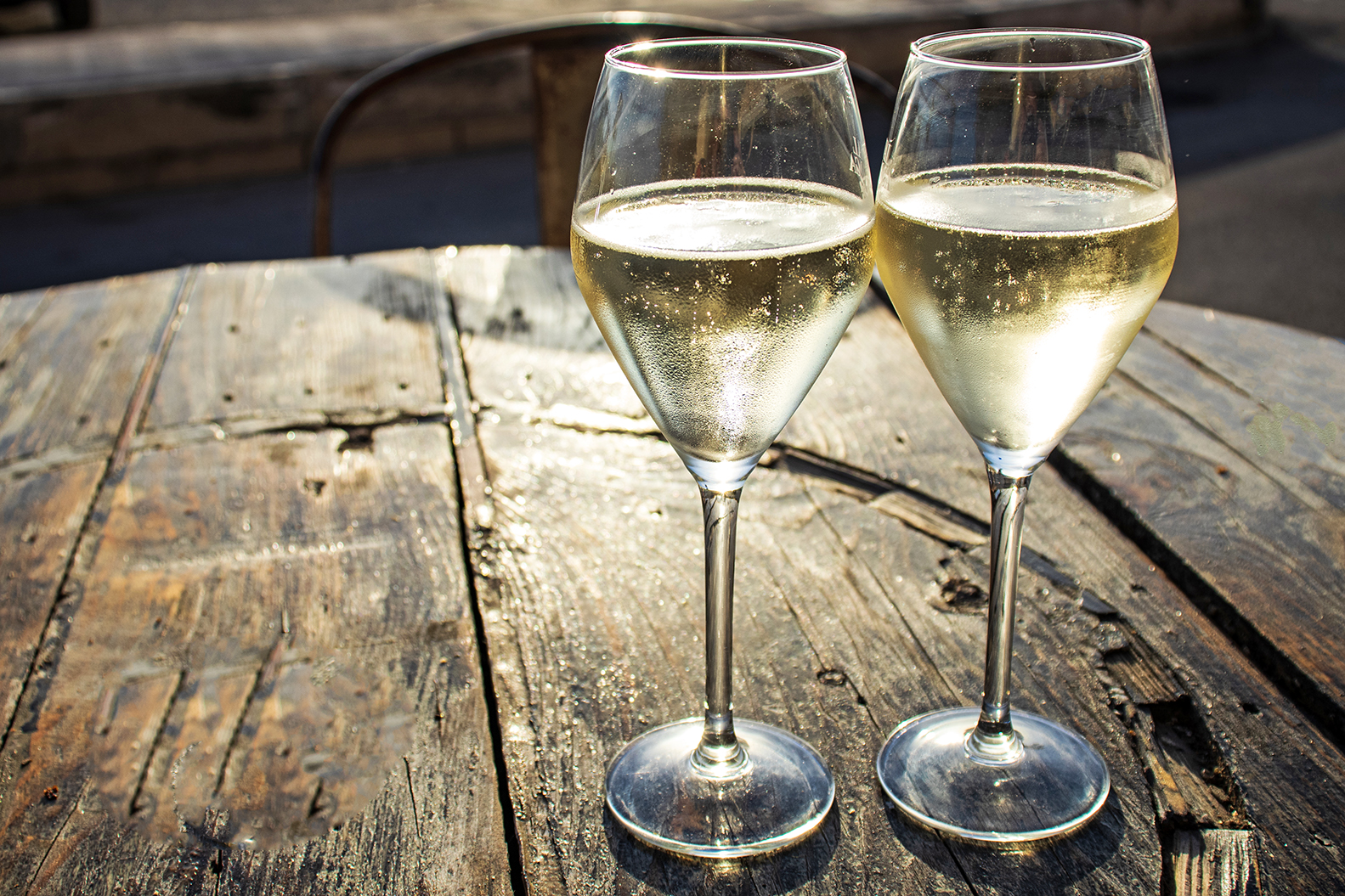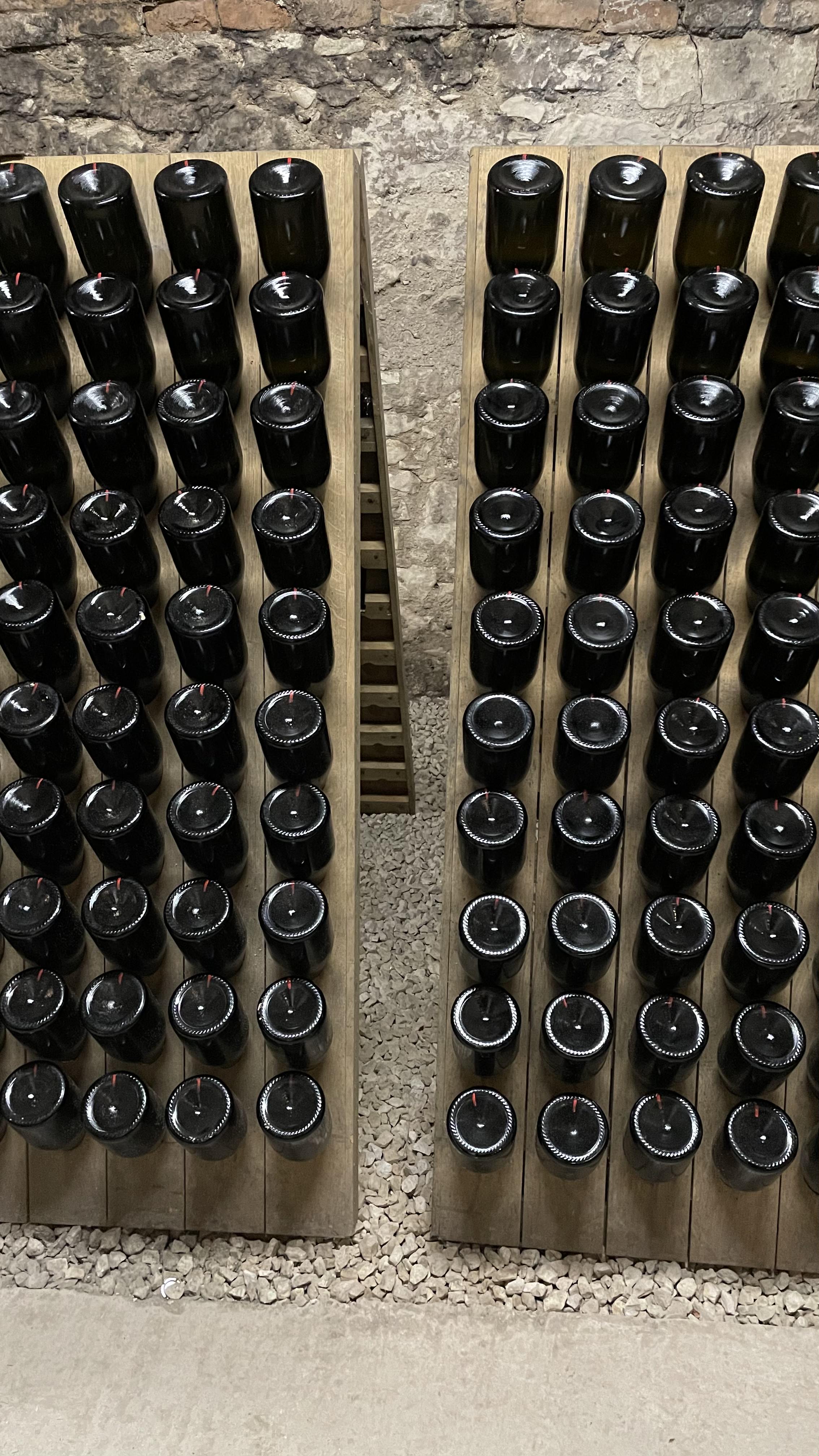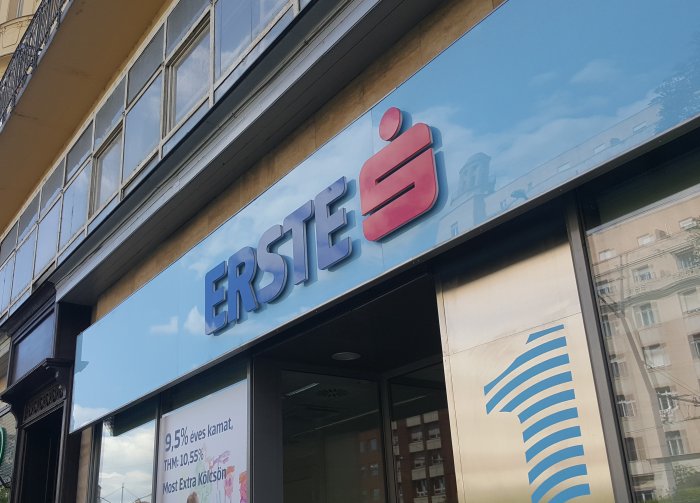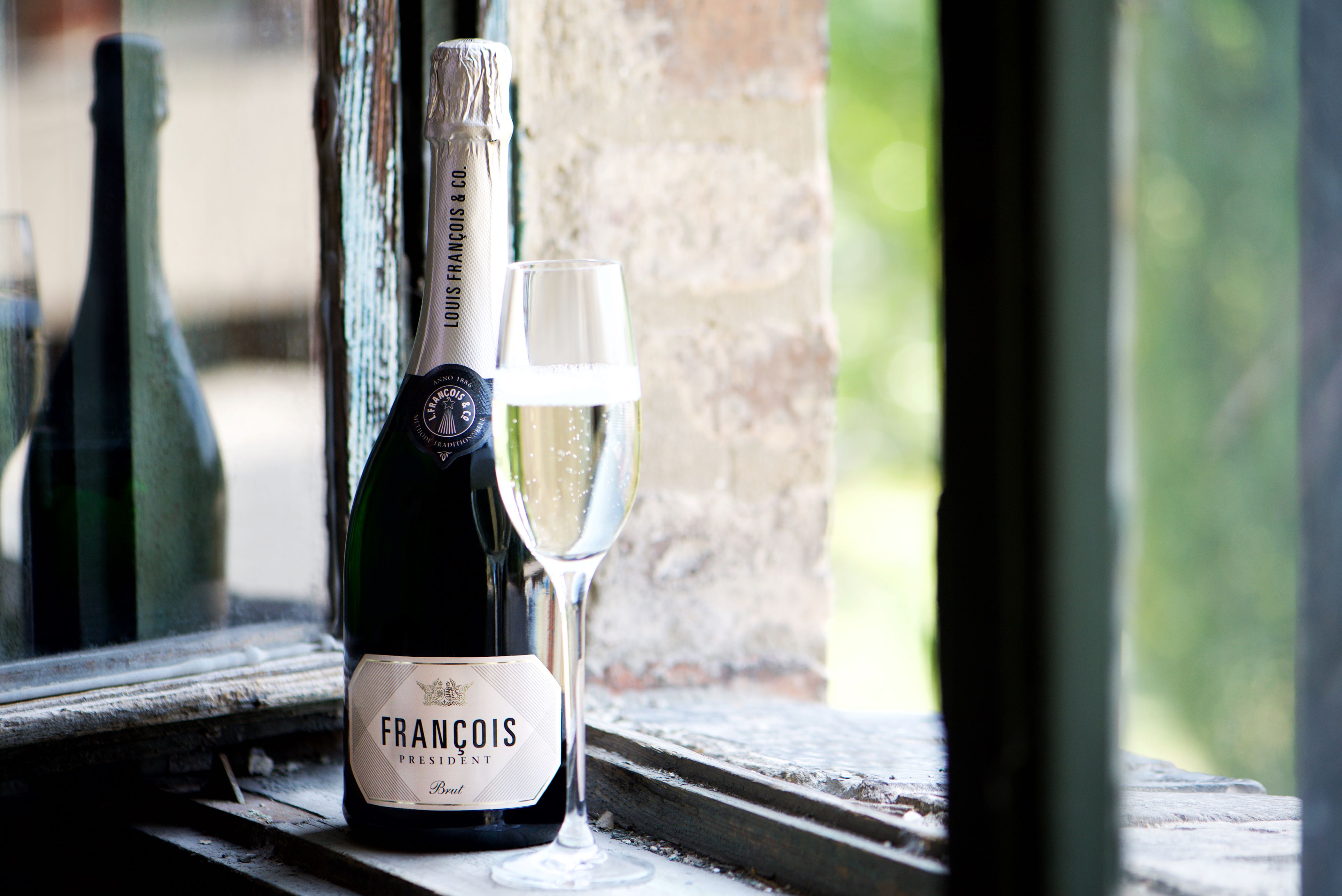A Sparkling 2023 Likely to Follow a Bubbling New Year

Photo by Lenti Hill / Shutterstock.com
While the New Year will have started with a bubbly bang for many lovers of Hungarian and other wines, the thirst for sparkling wine is likely to go on unabated during 2023, writes Robert Smyth.
Almost wherever you go in the wine world, wineries are keen to pull out a bottle of their own fizz to get visits off to a flying start. This is also the case in Hungary, where sparkling wine does have deep roots, thanks to József Törley, who brought savoir-faire back Budafok in the early 20th century following a stint working in Champagne.
For the first decade and a bit of this century, the Törley company, now owned by the world’s largest bubbly manufacturer, Henkell-Freixenet, set the bar for modern quality sparkling wine production in Hungary, using all methods.
The hugely popular Hungária Extra Dry, for example, is made from the transfer method (also known as Méthode Transvasée), with the contents of the bottle emptied into a tank following the second fermentation in the bottle, the dead yeast filtered out, and the wine is then bottled under pressure.
This method is considered to give good, consistent results. However, it involves the wine being shifted around, with a slight drop off in quality and is therefore not deemed as good as the more expensive traditional method. Both can be called pezsgő in Hungarian.
The next development came when Jószef Szentesi offered smaller cellars the opportunity to age, finish and disgorge their traditional method sparkling wines at his facility in Budaörs. Disgorging involves removing the dead yeast frozen in the neck of the bottle after the second fermentation and topping up with liqueur d’expedition, a “dosage” solution added to replace the volume lost in the process.
The Garamvári Szőlőbirtok winery in Balatonboglár (144 km southwest of Budapest by road, on the southern shore of Lake Balaton) provides the same service. Both also make high-quality traditional method wines themselves, the latter on a larger scale.
Then Kreinbacher Birtok, a winery from Somló (165 km southwest of Budapest) raised the traditional method bar by sparing no expense, both in financial and sweat equity terms, when, in 2014, it launched a new range of sparklers; the results have been spectacular, and go from strength to strength.

Champaign Consultant
Not only did Kreinbacher bring in Coquard presses and Champagne yeast from France, but it also called in a Champenoise consultant in the form of Christian Forget, winemaker of Champagne Paul Bara.
Kreinbacher’s approach has been centered on the indigenous Furmint grape variety, which has proved to be excellent for making sparkling wine, with some help from the classic Champagne grape Chardonnay. Furmint also gives more of a local touch.
Its relatively neutral character ensures that the grape variety doesn’t override the final product but instead provides a carte blanche on which the complex flavors derived from the autolysis (the interaction of the dead yeast cells with the rest of the wine) can come through and give the fizz a real brioche-biscuit complexity.
Furthermore, Furmint has a high, racy acidity, prized by the makers of sparkling wine for helping deliver mouth-watering freshness.
Kreinbacher’s sparkling wine story has been so successful that two-thirds of its output is now sparkling wine and just one-third still dry white wine, despite the winery being located in what is almost exclusively a dry white wine region. The grapes for Kreinbacher’s sparkling wine now come from several regions of Hungary.
“We’re making Hungarian traditional method sparkling wine,” explains Zoltán Prisztavok, the winery’s head of sales and marketing. He says the team can now draw on many vins clairs (wines vinified from different plots) to make the assemblage, the blend that will undergo second fermentation in the bottle.
The use of so-called Reserve wines, or vins clairs from earlier vintages, a practice typical in Champagne, which can have considerable vintage variation due to its marginal climate, is not deemed necessary in Hungary, Prisztavok adds.
Three-pronged Approach
Now, Sauska is hot on Kreinbacher’s heels and is basing its sparkling wine strategy on a three-pronged approach: the unique attributes of Tokaj; its new-old aging cellar in Budafok; and the cooperation between advisor Régis Camus (the former chef de cave of Piper Heidsieck in Champagne) and a Hungarian team comprising owner Krisztián Sauska, Sauska Tokaj winemaker Gábor Rakaczki, and Budafok cellar master Ádám Hanusz.
Since 2005, Krisztián Sauska has brought renowned soil-microbiologist specialists Lydia and Claude Bourgignon to Hungary on several occasions to analyze his vineyards in Tokaj and Villány. In Tokaj, the couple found an extremely rare combination of volcanic and limestone soils conducive to growing grapes for sparkling wine. Incidentally, Champagne is based on chalky limestone soils. The grapes for the Sauska sparklers come from vineyards which all contain limestone.
Having made a very good traditional method sparkling wine with the help of Vencel Garamvári, Sauska Tokaj started buying sparkling wine technology in 2015 and 2016. Since 2019, it has been making its own sparkling wine from grapes grown only in Tokaj: the local Furmint and Hárslevelű, and the French-originating Chardonnay and Pinot Noir, the core grapes of Champagne.
The experimental Sauska has been a champion of these foreign grape varieties in Tokaj and also bottles expressive still single vineyard Pinot Noirs. Interestingly, although Hárslevelű is an indigenous grape of Somló, Kreinbacher does not use it in its sparkling wines after trials with the grape revealed an unwanted bitterness as a sparkling wine.
Sauska vinifies its vins clairs at its cellar in Tokaj and makes the assemblage there but brings the wine for aging to its 150-year-old, 10,000 sqm stretch of the Budafok cellar system. It was once part of a whopping 16 km long cellar owned by the former state winery Hungarovin. Here, ventilation is provided through vents cut into the top of the arches, with the temperature remaining between an ideal 12-16ºC (53-60ºF) and humidity at 80-82%.
Other Tokaj producers are also making taut, zesty traditional method sparklers. Dereszla Pincészet has its own sparkling wine cellar and turns out linear, focused bubblies from the Furmint and Hárslevelű grapes. Zoltán Demeter, Kikelet, Barta, and Gróf Degenfeld have also reached consistently high quality.
Etyek, which is blessed with sparkling wine-friendly limestone soils, has also upped its game and established an association of local producers, which is focused on cooperating to develop best practices and share experiences.
This article was first published in the Budapest Business Journal print issue of January 13, 2023.
SUPPORT THE BUDAPEST BUSINESS JOURNAL
Producing journalism that is worthy of the name is a costly business. For 27 years, the publishers, editors and reporters of the Budapest Business Journal have striven to bring you business news that works, information that you can trust, that is factual, accurate and presented without fear or favor.
Newspaper organizations across the globe have struggled to find a business model that allows them to continue to excel, without compromising their ability to perform. Most recently, some have experimented with the idea of involving their most important stakeholders, their readers.
We would like to offer that same opportunity to our readers. We would like to invite you to help us deliver the quality business journalism you require. Hit our Support the BBJ button and you can choose the how much and how often you send us your contributions.










